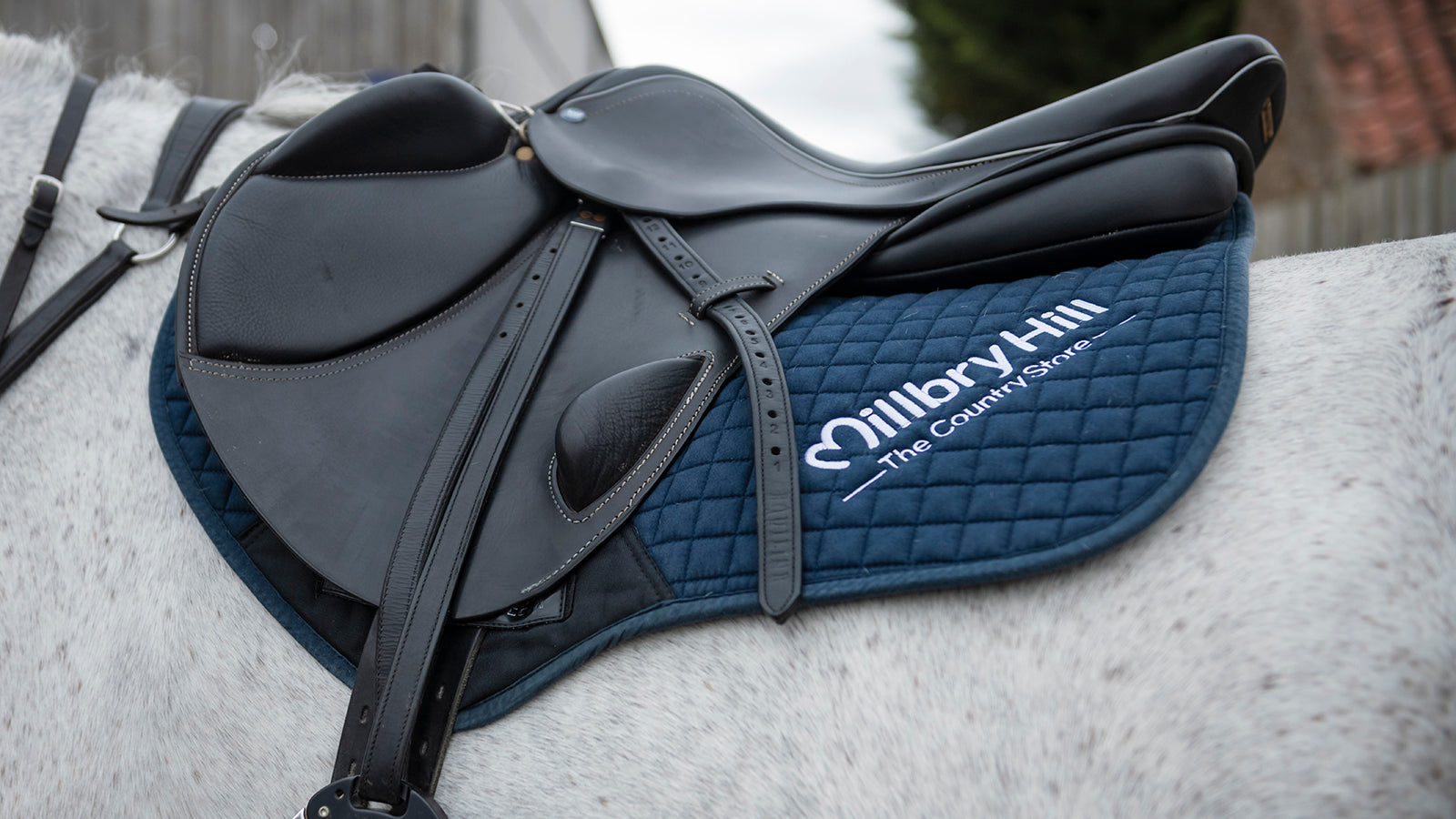
How to Update Horse Tack: Tips for Health-Conscious Owners?
Share
Updating your horse tack is an essential aspect of proper horse care. For health-conscious pet owners, maintaining high-quality equipment not only ensures the well-being of your horse but also enhances performance and comfort. In this comprehensive guide, we will explore effective strategies on how to update horse tack to ensure both you and your horse enjoy many happy, productive rides.
When updating your tack, consider factors such as material longevity, comfort, and overall condition. Keeping your horses best interests at heart while managing gear updates can prevent potential health issues and keep your riding experience smooth.

1. Assessing Tack Condition
The first step in how to update horse tack is assessing the condition of your current gear. Carefully inspect each piece for signs of wear and tear, such as cracks in leather, rust on metal components, or frayed straps. Regular inspections can prevent accidents caused by faulty equipment. If you're unsure, refer to articles like cleaning old tack to glean insights regarding stable upkeep.
2. Cleaning and Maintaining Tack
Before making any updates, it is crucial to start with a thorough cleaning. A tidy and well-maintained piece of equipment not only lasts longer but also performs better. Use appropriate solutions to clean leather, synthetic materials, and metal parts. If tackling mildew or dirt, read our guide on removing mold.
Cleaning Tips:
- Utilize soft brushes and cloths to avoid further damage.
- Store tack in a cool, dry place after cleaning.
- Consider using products made from organic ingredients to ensure the health of your horse.
3. Upgrading Materials
Once you've cleaned your tack, you may want to consider upgrading materials. High-quality materials can offer better durability and comfort for your horse. Leather remains a classic choice due to its durability, but modern synthetic materials have emerged, offering lightweight and easy-to-maintain options. Explore more about different tack materials in this comprehensive piece on types and uses of horse tack.
4. Repair or Replace?
In some cases, your tack may simply need minor repairs instead of a full replacement. Determine whether stitching needs attention or if a fitting is necessary rather than discarding it entirely. Effective maintenance can extend the life of your existing equipment. However, if you find that the tack is beyond repair, do consult a professional or consider investing in new gear. For guidance on picking color schemes, visit tack color tips.
5. New Additions to Consider
If you're looking to go beyond basic updates, consider adding accessories such as bits, pads, or saddle covers. These updates can stain the longevity of your tack and improve your horses comfort during rides. Would you like to create a personalized tack trunk? Find inspiration in our article on making tack trunks.
6. Essential Safety Checks Post-Update
After updating your tack, it's vital to conduct safety checks. Ensure that all buckles are secure, stirrups are at the correct height, and the girth fits properly. A tack that isn't adjusted correctly can lead to accidents or discomfort for your horse, which is why attention to detail is paramount.
Regular Maintenance Schedule:
- Check health: Regular vet checkups while monitoring how your horse responds to updated gear.
- Routine inspections: Schedule dates for checking each component every few months.
- Adapt gear: Always be willing to adjust equipment as your horse grows or changes.

FAQs About Updating Horse Tack
1. How often should I update my horse tack?
Generally, you should assess your tack every six months for wear. Replace items as needed for optimum safety and comfort.
2. Is it better to repair or replace old tack?
This depends on the extent of wear. Minor issues can usually be repaired, while severe damage may necessitate a full replacement.
3. What are common signs that tack needs to be updated?
Common signs include fraying leather, rusting metal, worn stirrups, and decreased performance during riding. Pay attention to any discomfort your horse displays as well.
As an Amazon Associate, I earn from qualifying purchases.
